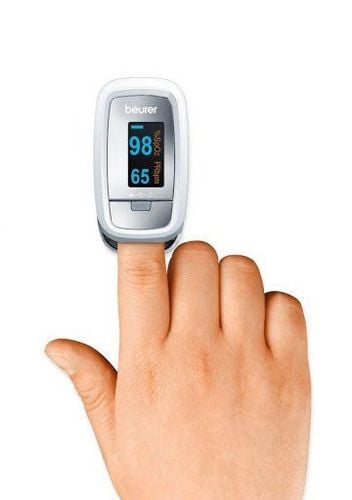This is an automatically translated article.
The article was professionally consulted by Doctor Nguyen Van Duong - Interventional Cardiologist - Cardiovascular Center - Vinmec Central Park International General Hospital. The doctor has many years of experience in the diagnosis and treatment of cardiovascular diseases.The 6-minute walking test is also a way to help patients practice at home every day, improving their own health. This is also a way to examine the function of the organ systems in clinical practice to assess the patient's exercise capacity.
1. What is the 6 minute walking test?
The 6-minute walk test is a spontaneous stress test that assesses the patient's cardiopulmonary status. The maximum distance traveled in a period of 6 minutes. Exercise testing not only helps to assess the patient's health but also to compare the progression of the disease during treatment and follow-up.The subjects who can take the 6-minute walk test are very diverse, from preschool children (2-5 years old), teenagers (6-12 years old) to adults (18-64 years old), people elderly (65 years and older) with a variety of diagnoses.
2. What is the purpose of the 6 minute walking test?

Thereby, the 6-minute walking test will help assess an individual's comprehensive functional capacity, providing valuable information regarding all systems of physical activity, including: Pulmonary and cardiovascular systems, blood circulation, neuromuscular, body metabolism and peripheral circulation.
Accordingly, in addition to common cardiopulmonary diseases such as: chronic obstructive pulmonary disease, heart failure, patients after myocardial infarction, some conditions can also be assessed through the 6-minute walking test as follows:
Arthritis Myalgia Multiple Sclerosis Parkinson's Disease Spinal Cord Injury Stroke Muscle Disorders Charcot-Marie-Tooth Disease The patient is instructed to walk as far as possible in a straight line, ideally 30 meters long ( 100 feet). Patients are advised to increase or decrease the pace according to their own condition, can pause to rest if needed, but should resume walking as soon as possible for a total of 6 minutes walking distance. is the main goal of this test.
3. How to conduct the 6-minute walking test?

The entire length of the corridor should be marked every 3 m. The turning points at the two ends of the path should be marked with a cone with a rotating arrowhead.
The distances below 30m are not standard for the 6-minute walking test, because it requires the patient to take more time, to adjust the position to rotate the head more often, thus reducing the accuracy of the test. this.
3.3 How to proceed Instruct the patient on the goal of the 6-minute walk test and how to do it:
Prepare the patient at the start line Timed when the patient started walking During the commute, signal timing with standardized statements, avoid encouraging words, actions, monitor oxygen saturation while the patient is moving, and signal stop time when decreasing less than 88% or the patient is unable to move further Measure distance traveled
4. How to judge the results of the 6-minute walking test?

To ensure good quality of the 6-minute walking test, the times the patient is tested should be performed by the same technician and under the same conditions. The outcome of the test can be (1) an absolute value, (2) a percentage change, or (3) a percentage change of the predicted value.
In case the results of the 6-minute walking test are reduced, it is necessary to first evaluate the factors that may affect the patient's walking ability such as: Bone and joint condition, before attributing to the function. Heart and Lung.
At the same time, other factors should also be collected during each 6-minute walking test such as: Ventilation capacity, cardiovascular function, blood pressure, muscle strength, nutritional status, orthopedic function and cognitive ability, psychological state.
In summary, the 6-minute walk test is a useful measure of organ system function in a targeted treatment plan in individuals with mild to moderate impairment. This is a method that has been widely used to evaluate treatment as well as become a scale that allows direct comparison between different intervention studies on patients.
Please dial HOTLINE for more information or register for an appointment HERE. Download MyVinmec app to make appointments faster and to manage your bookings easily.














